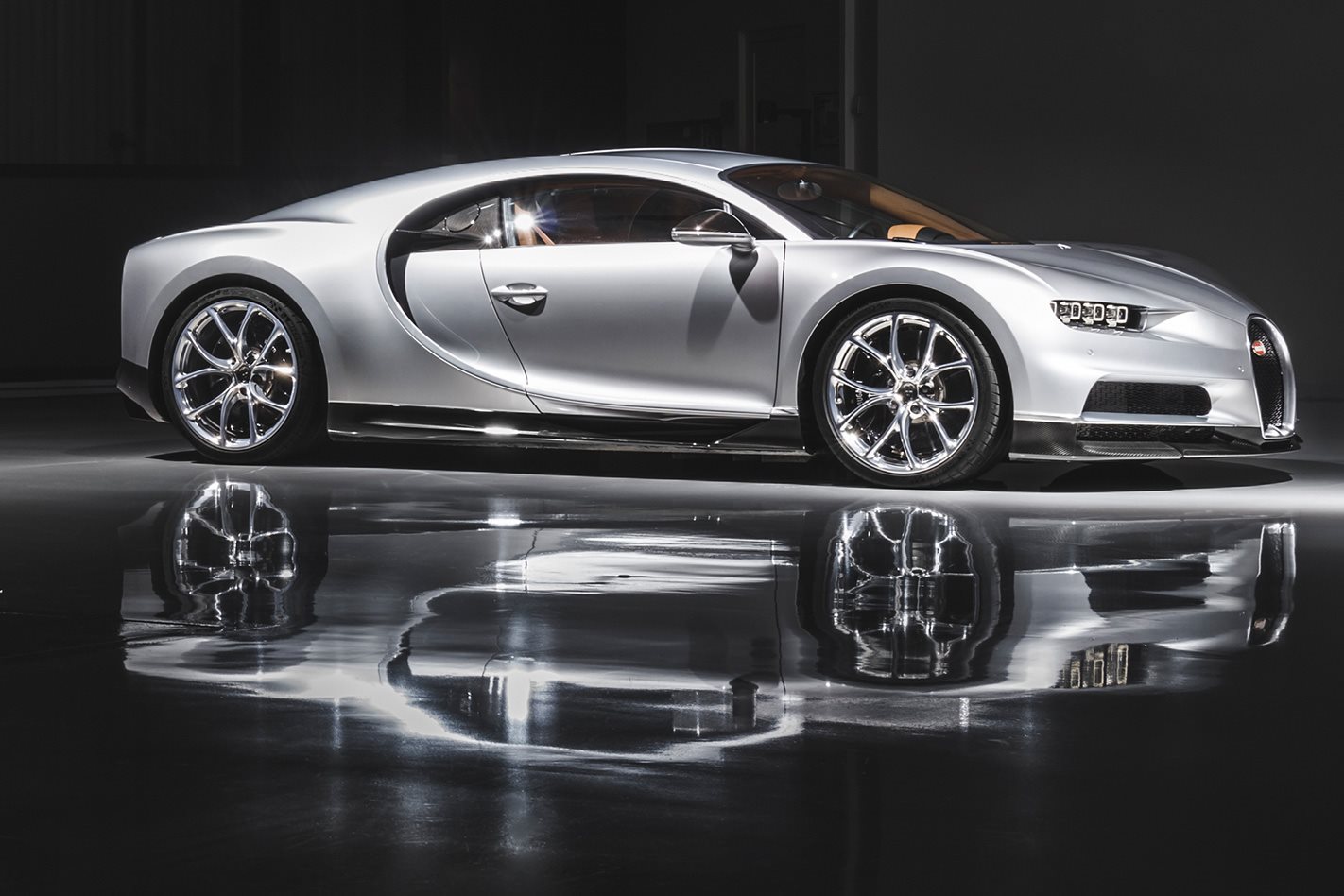On average, Toyota churns out a Corolla every 23 seconds.
An 86? Every seven-and-a-half minutes. Raise the stakes with Honda’s NSX, capable of a hybrid-power assisted 308km/h, and you’re looking at a car rolling off the assembly line once every three hours.
So what about the car that could shortly become, officially, the world’s fastest production car?
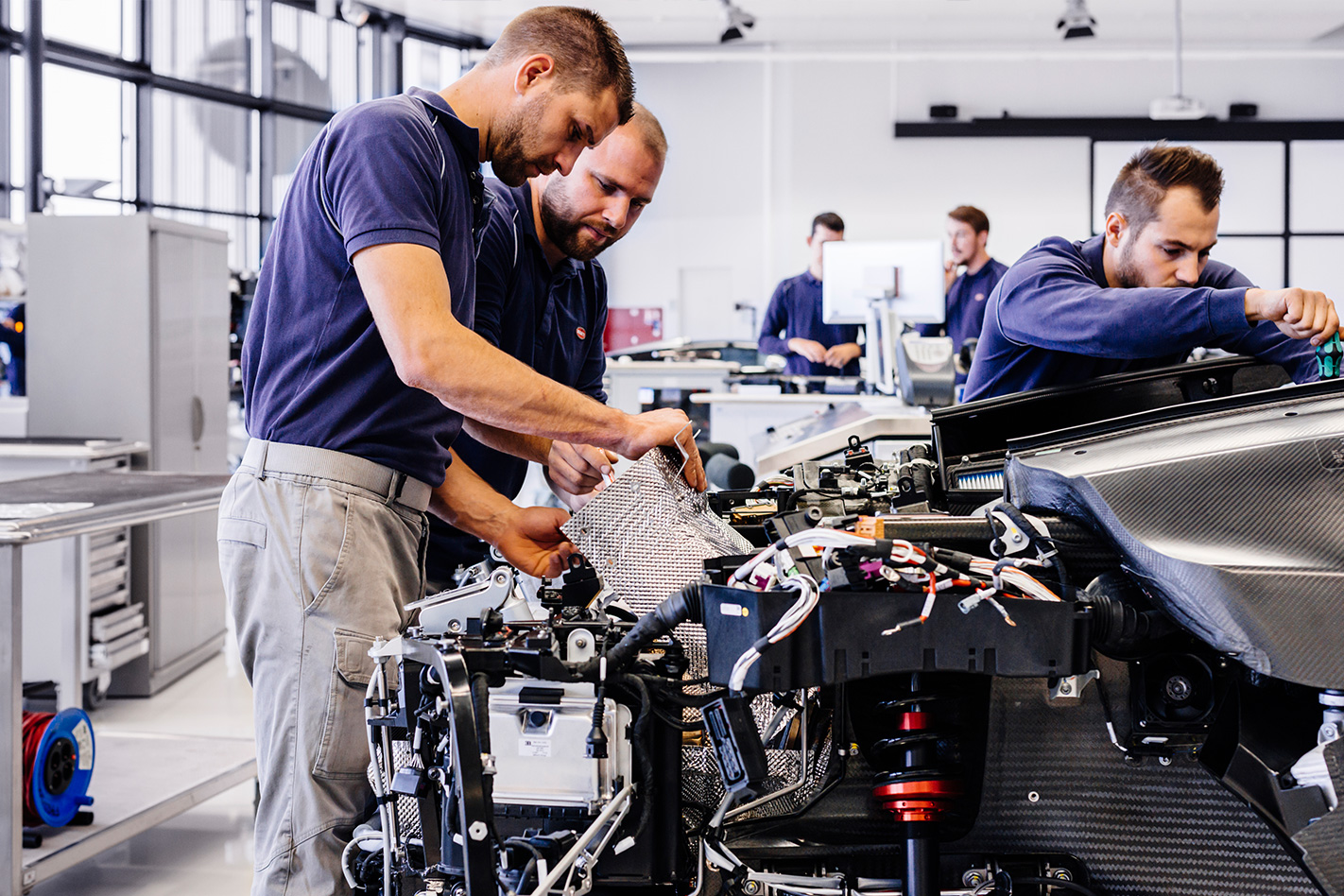
As the first of these cruise missiles are bolted together, Bugatti’s opened the doors to its oval-shaped building in Molsheim, France, where each Chiron will be delicately and precisely crafted.
It’s also where the Veyron was once made – and is the complete opposite of a mega factory. For a car so fast, assembly is oh-so-slow, 70 rolling out the factory each year without a single robot in sight. Just a McDonald’s. Directly over the road.

Giving staff space to assemble a Chiron from a total of 1800 parts. With Molsheim’s floorspace measuring slightly more than 1000 square metres, or five tennis courts, it’s a bit cramped for manufacturing.
Bugatti Chiron prototype crashed
Instead, much of the Chiron arrives from elsewhere. Items like the engine (VW), gearbox (Ricardo), chassis (Dallara), brakes (AP), tyres (Michelin), all arrive in finished states, while the interior and body panels are only ordered once a customer secures their production slot with a whopping AUD$300K deposit.
However, no-one opens a box until one man gives the nod. Each project waits on Christophe Piochon, Bugatti’s production and logistics boss, before getting the go-ahead.
He’s also the watchful eye that ensures the process runs cylinder smooth for the customers who’ll eventually fork out 2.4 million euro (AUD$3.61m) for the finished product.
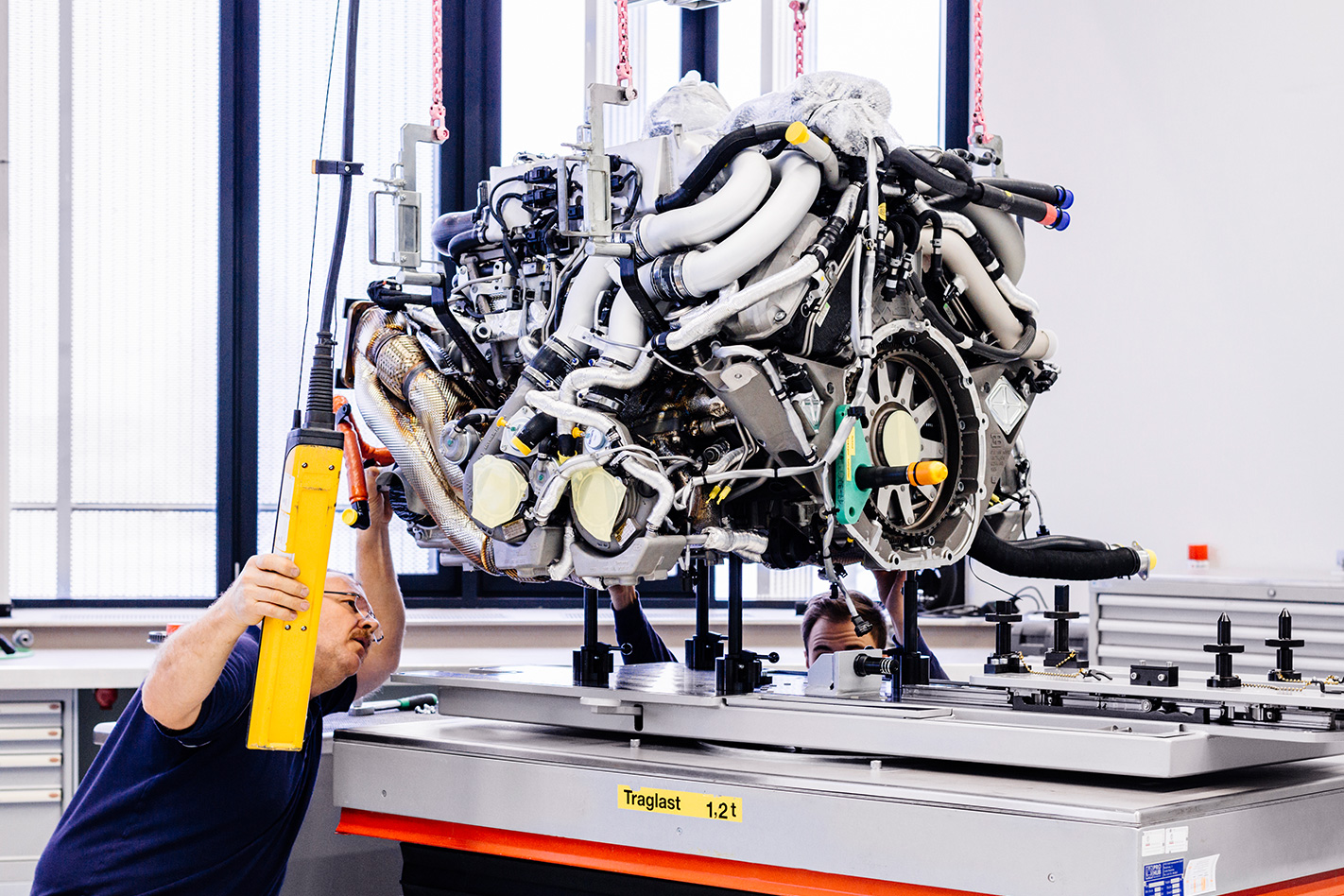
After, it’s sent 560km to the Molsheim facility, where it’ll be mated to a Ricardo seven-speed dual clutch ’box able to handle the huge 1600Nm.
The engine’s construction, however, can’t compare to the sheer manpower involved in making the carbon-fibre chassis. Italian company Dallara has 50 people make a monocoque by hand, layering 150 carbon-fibre sheets onto a mould, before baking and milling the unit into its ready state.
This takes four weeks but saves on shipping costs. Once finished the entire monocoque weighs as much as a four-cylinder engine. Or less than some humans. Back at Molsheim, the Chiron physically starts to take shape as these two parts are married together.
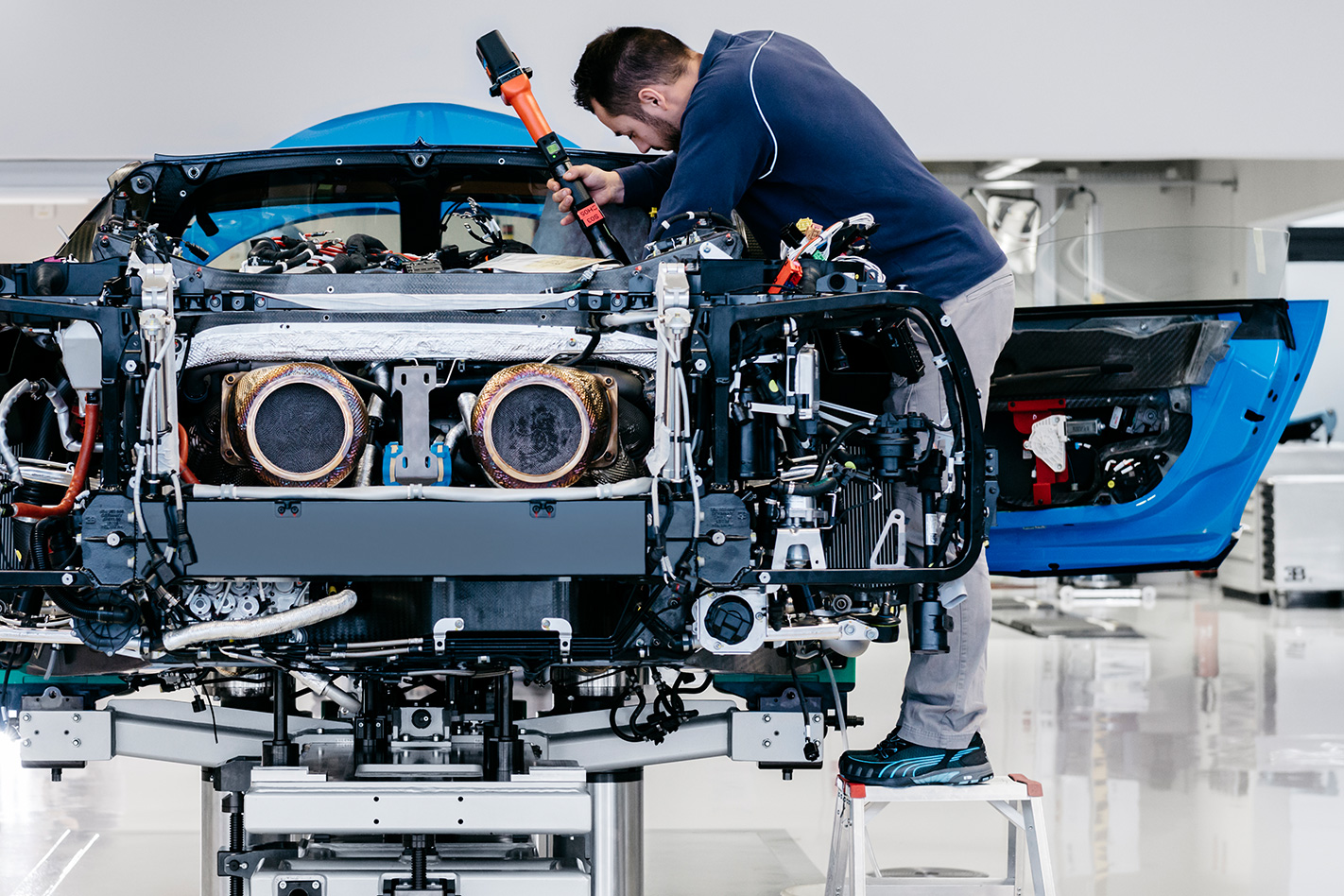
During this process each bolt is, of course, carefully and individually torqued. Workers will use the precise torque wrench 1068 times all up, and while more than 1800 bolts are involved in making each car, only 14 titanium items clamp the driver’s monocoque to the drivetrain assembly, each a featherweight 34 grams.
They’re up to the task, though, as proven by the Chiron’s otherworldly torsional stiffness, its body rigidity matching a Porsche Le Mans prototype.
Two tonnes on the Chiron’s right front wheel would jack its left rear wheel by only a single degree. While all this is going on, huge cooling hoses run to and from the front radiators, down the car’s sides.
Some are as big as a fire brigade’s hose. In total there are 10 radiators hidden in the Chiron’s curves, powered by three water pumps. Filling them is the next step after the chassis and engine marriage. And requires fitting wheels before rolling a Chiron over to the dyno.
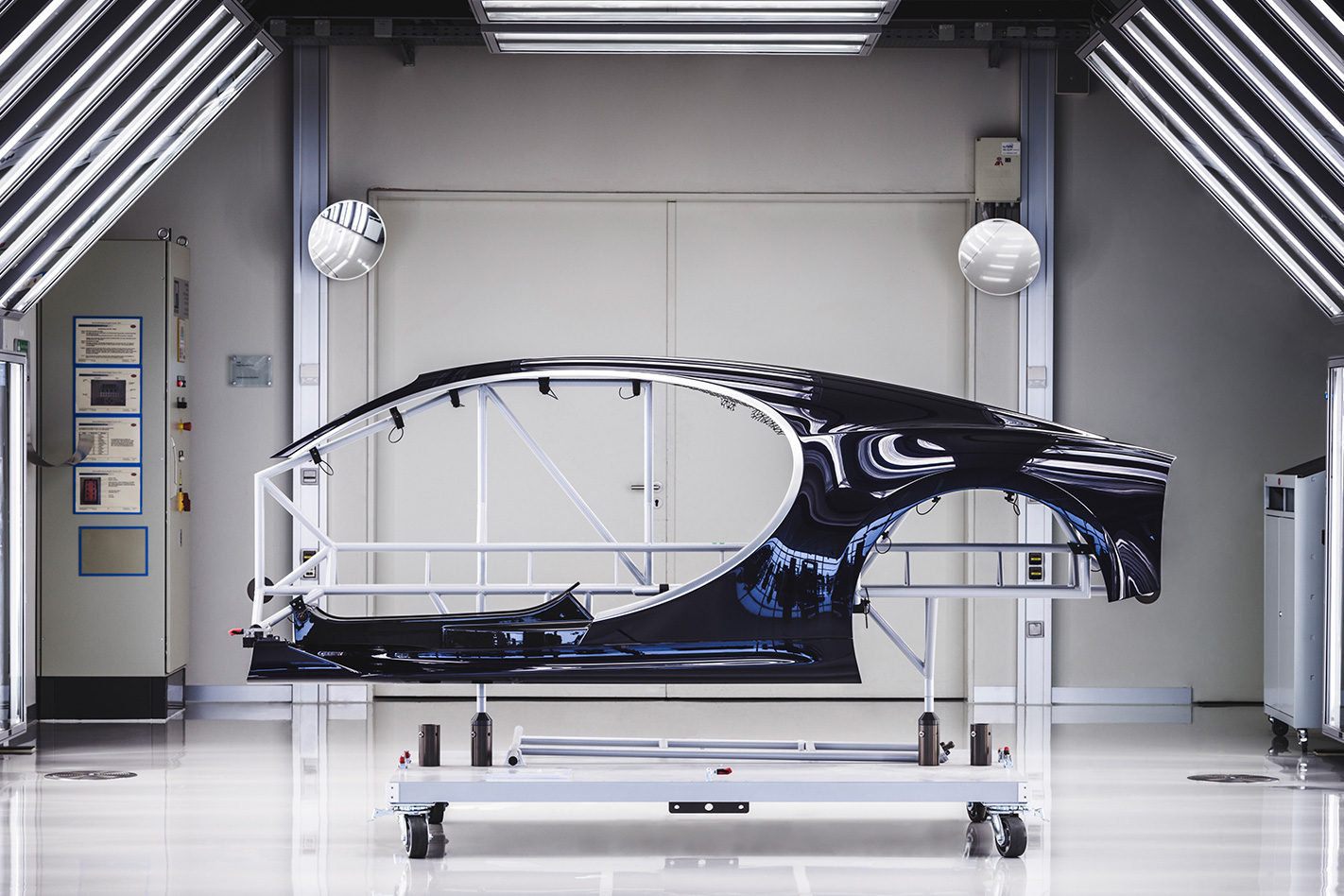
Because even though it produces 1103kW, enough to break the first dyno it used during development, it’s actually shedding twice as much energy in heat – enough to power an average home for eight weeks.
Lamborghini opens Restoration Centre
And Bugatti would know as, with so much grunt flowing, the in-house dyno was connected to the local electricity grid where it feeds in excess electricity. For real.
The real reason each freshly-minted Chiron is plonked on the dyno, however, is to crank up to 200km/h for the first time. But don’t think this is the same roller you’ll find at your monthly car show.
Special adapters that look like robot arms hold the Chiron down on its rollers, keeping the chassis from lunging off as it flexes its 1600Nm. A series of system checks are then run over a simulated 60km.

Before venturing out the gates, it needs to be armed with its outer shell and resulting downforce. Almost a whole working week is taken to fit the carbon-fibre body panels, but Bugatti still doesn’t want to leave much to chance.
Each example has to also survive 30 minutes in monsoon rain conditions before fitting the interior pieces. If it remains water tight, the cabin bits are then green lighted for fitting. Which takes almost another week.
Sold: the final Bugatti Veyron
Of course, sending the Chiron out on public roads with only a prayer would be madness. With a three-week painting process already invested into the body panels (they’re pre-fitted, painted, and inspected off site before arrival) a day is set aside to wrap each car with a thick clear film.
Its undertray and wheels, too, are swapped for damageable test-run items. Now it’s up to a test driver, He Who Shall Never Complain About Anything, to see if each Chiron drives as it should.
They start off for an airport 30 minutes south of Molsheim, trying their best to obey the speed limit until they can unleash the Chiron at speeds in excess of 250km/h.
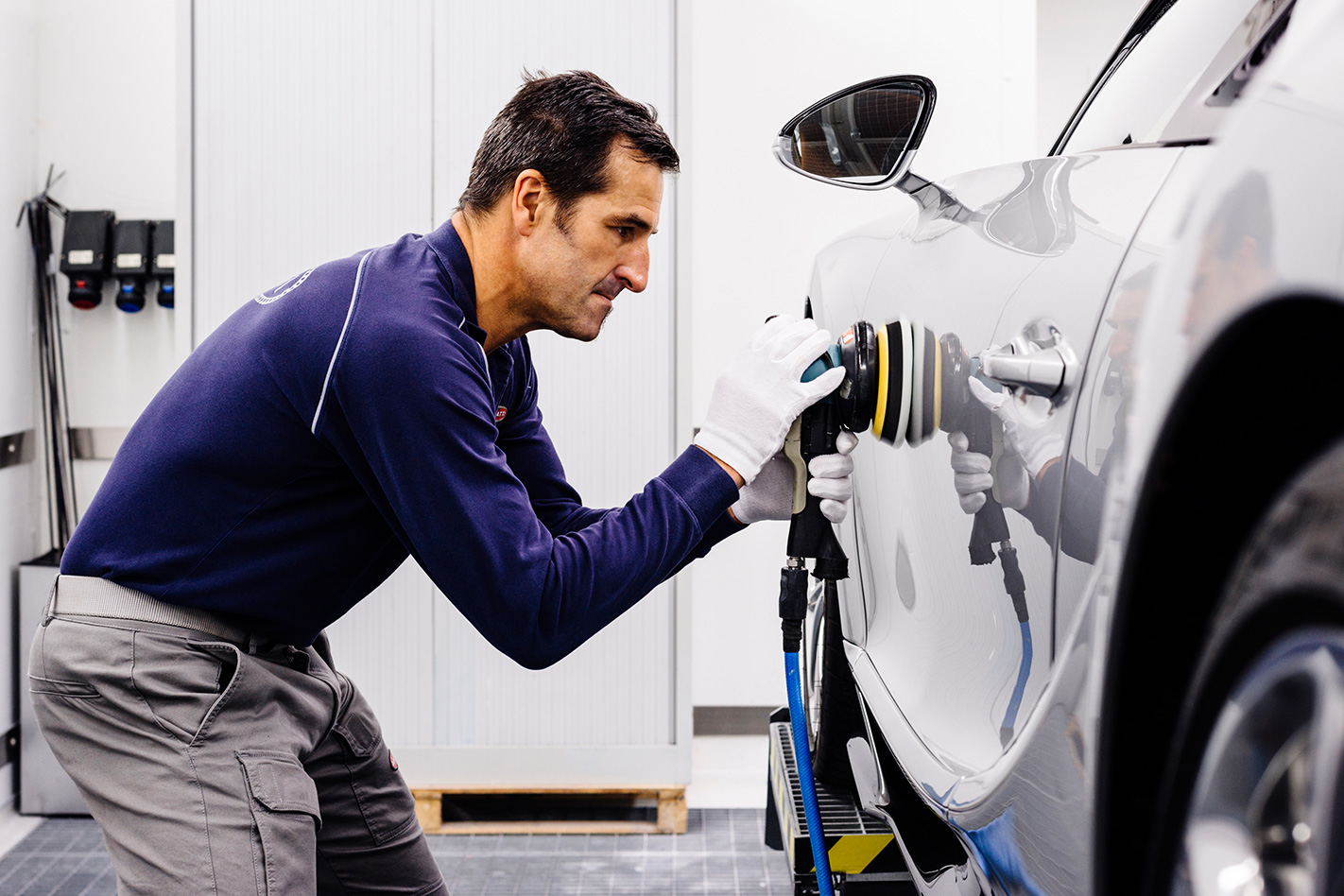
Should the hypercar fulfil its performance brief, the original wheels and under tray are installed. Bugs are then wiped off and two days is spent cleaning the car.
After that, it’s a date with a keen eye in the facility’s light tunnel. Here a white-gloved worker inspects the Chiron in infinite detail, looking for any and every imperfection. Some things are fixed in a day, others take a month if a replacement item needs to be ordered in. And once the inspector is happy, the big guns are called in.
Christophe Piochon invites the company’s head of sales and they begin an extensive look over. After all, they’re the ones handing the keys to customers like, reportedly, Floyd Mayweather.
And you don’t want to get on the wrong side of a five-division world champion boxer. Some also elect to personally visit their car during production. Apparently Cristiano Ronaldo, of soccer (or football) fame, and one of the first deliveries, lent a hand during his car’s assembly.

And when carbon-fibre tint (where you can basically see the carbon weave through the paint) costs more than AUD$350K, you can imagine most Chirons will end up tallying a whole lot more than the base 2.4m euro.
By the time a car’s completed, anywhere between six to nine months has passed since it was first ordered, with a more concrete timeline depending on how tick-happy the customer is with options.
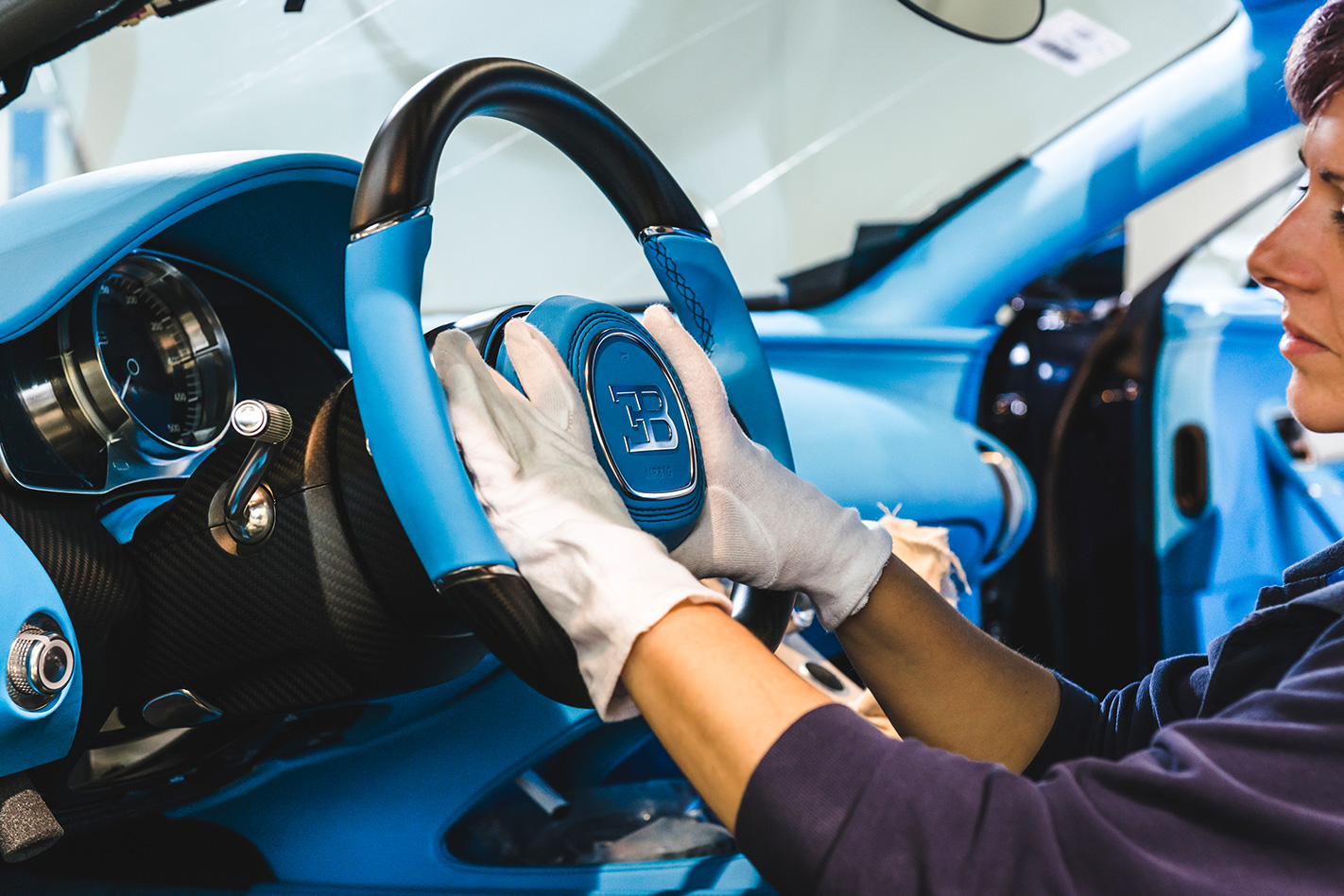
But such an investment wouldn’t be justified by the Chiron’s small run, and customers are paying for exclusivity. And with half of its allocation already accounted for, that’s exactly how it’s stacking up.
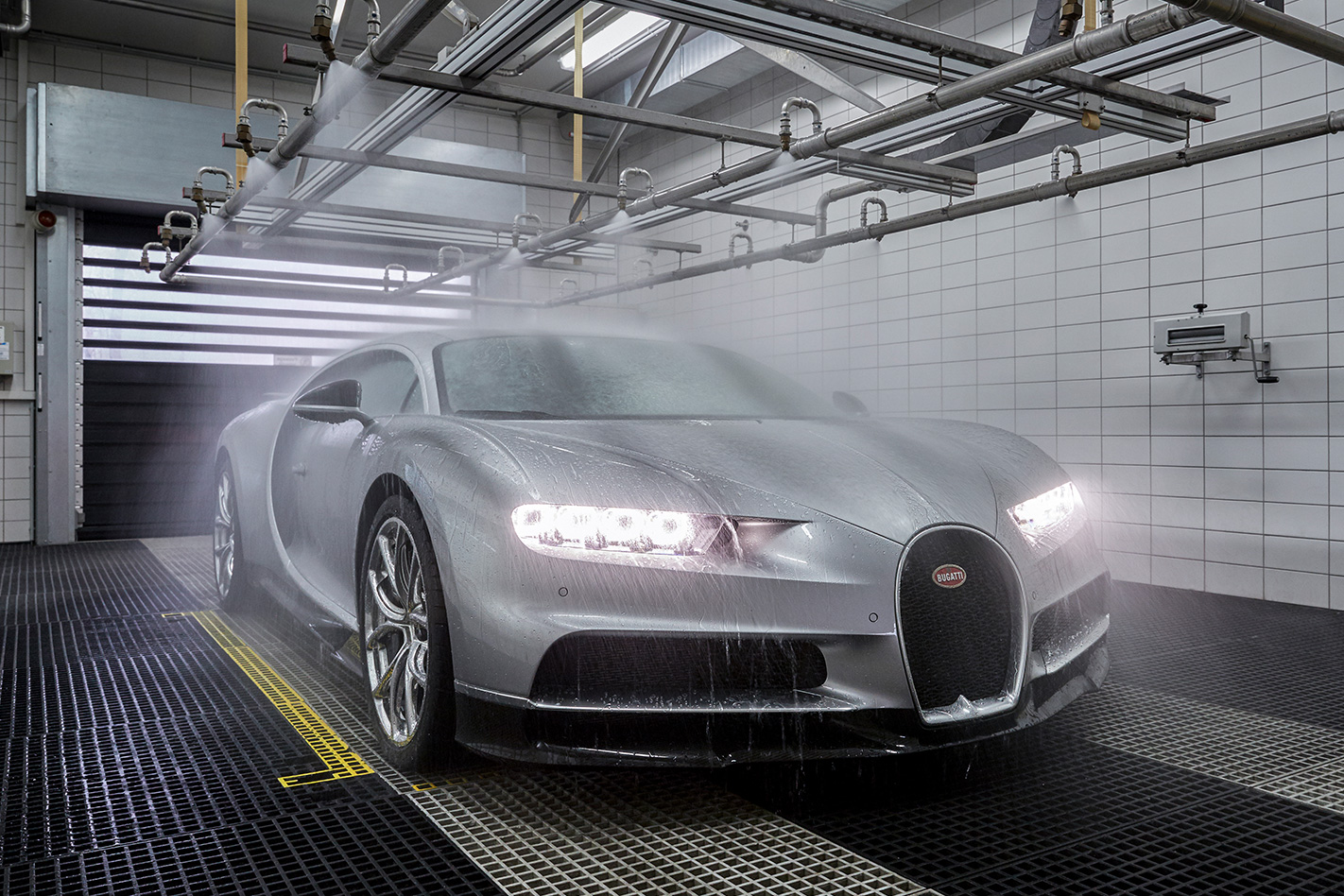
We’re sure a lot of customers aren’t used to waiting for things they’ve paid for.
But if we were inching towards 400km/h on the autobahn, we’d want to know Bugatti didn’t rush a thing when building its Chiron. And, thankfully, now we do.


